India welcomes travelers with the promise of colorful festivals, ancient temples, and spicy food that has been luring tourists for centuries. However, beneath the cool travel brochures and immaculately coiffed Instagram streams is a more complex reality that few guidebooks sufficiently prepare tourists to encounter.
The subcontinent presents a fascinating paradox – inviting and perplexing at the same time, infuriating yet rewarding, chaotic but somehow running according to logical rules that defy conventional wisdom. The following is 20 culture shocks you will be sure to experience while visiting this amazing nation that most travel books neatly omit.
The Symphony of Constant Sound

Guidebooks speak of India’s ‘bustling’ spirit – but nothing prepares you for the constant soundtrack to everyday life across the nation. Car horns are utilized less as warning signals and more as continual navigation aids – establishing complicated acoustic dialogues between drivers.
Add in temple rituals, street vendors, construction work, religious processions, and public announcements competing for your attention, and silence is the ultimate luxury. This perpetual soundtrack continues late into hours Western sensitivities normally reserve for silence – requiring significant psychological adjustment for noise-averse travelers.
The Elastic Nature of Time

India operates on what veteran travelers affectionately call ‘Indian Stretchable Time’ – an elastic approach to timetables and appointments that has little to do with Western concepts of punctuality. Trains depart hours late but arrive unexpectedly early – whereas ‘just 10 minutes’ can mean anything from an actual ten minutes to hours.
This flexibility of time maddens schedule-oriented travelers initially but then opens up as a completely different involvement with time altogether – predicated on events being completed rather than adhering to arbitrary time constraints. Acclimatization involves necessary rewiring of time expectations more than patience itself.
Like Travel Pug’s content? Follow us on MSN.
The Physics-Defying Transportation

Photos capture India’s packed trains and buses – but fail to convey how these vehicles seemingly defy physical limitations regarding capacity. What appears absolutely full somehow accommodates another dozen passengers, with space materializing through subtle body reconfiguration that borders on metaphysical.
Watching a bus you’d swear couldn’t fit another soul somehow incorporate an entire wedding party with luggage challenges fundamental assumptions about spatial possibilities. This phenomenon extends beyond public transport to elevators, shops, and restaurants – requiring reconsideration of personal space boundaries that most travelers take for granted.
The Hierarchical Service Interactions

Service relationships in India follow complex hierarchical patterns absent from more egalitarian societies – where multiple staff members might attend to relatively simple tasks through elaborate coordination reflecting ancient social structures. A hotel room service request might involve four different employees with clearly defined roles that cannot overlap – the order-taker, the food preparer, the delivery person, and the setup arranger – even for something as simple as a pot of tea.
This compartmentalization initially appears inefficient yet reveals sophisticated social systems that provide employment security and clear occupational identities within traditional frameworks that resist Western streamlining concepts.
The Head Wobble Communication System

Perhaps no nonverbal gesture creates more initial confusion than the distinctive Indian head wobble – a sideways tilt that appears somewhere between nodding and shaking yet means something entirely different from either Western signal. This subtle movement variously indicates agreement, understanding, contemplation, or acknowledgment depending on context and subtle variations invisible to newcomers.
Mastering interpretation requires weeks of observation while attempting to incorporate it into personal communication, which typically results in unintended comedy for local observers. The gesture embodies the subtlety of communication that extends throughout Indian interpersonal dynamics.
Like Travel Pug’s content? Follow us on MSN.
The Ingenious Improvisation Culture

India thrives on ‘jugaad’ – a concept encompassing resourceful improvisation, creative problem-solving, and making do with limited resources that permeate daily life. Broken equipment gets repaired with astonishing creativity using whatever materials happen to be available – from motorbikes fixed with household items to elaborate workarounds for infrastructure challenges.
This ingenious adaptability solves problems that would paralyze more rigid systems, though sometimes at safety standards that terrify foreign observers. The jugaad mindset reveals remarkable human creativity that simultaneously impresses and alarms depending on the application and potential consequences.
The Unexpected Privacy Concepts

Privacy operates under completely different assumptions across India – where personal questions Westerners consider intrusive form standard conversational openings with new acquaintances. Strangers commonly inquire about income, marriage status, religion, family planning intentions, and weight within minutes of the meeting – while physical proximity in public spaces involves constant contact that would constitute personal space violations elsewhere.
This recalibration of privacy boundaries extends to accommodations, where staff might enter rooms without knocking, and public activities like brushing teeth or washing clothes often occur in communal spaces rather than behind closed doors.
The Relationship With Animals

The complex relationship between humans and animals throughout India challenges simplistic Western categories of wild/domestic or pet/livestock. Monkeys raid apartment balconies, cows wander busy intersections unbothered, and elaborate systems feed stray dogs that occupy distinct territorial niches within urban ecosystems.
Religious traditions protect certain species while raising others to almost sacred status – creating interspecies coexistence patterns, unlike anything in the Western experience. This human-animal integration creates situations both charming and challenging – from elephants blessing passersby to strategically aggressive monkeys requiring vigilant protection of belongings at certain sites.
Like Travel Pug’s content? Follow us on MSN.
The Bureaucratic Labyrinths
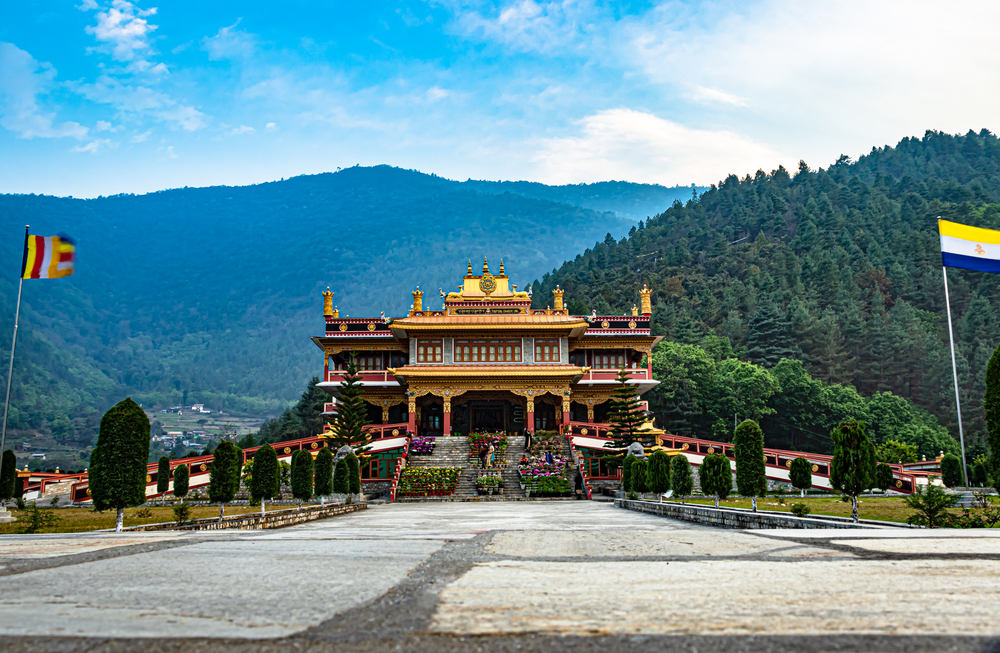
India’s colonial legacy, combined with ancient administrative traditions, produced bureaucratic systems of legendary complexity – where seemingly simple transactions might require multiple forms, official stamps, manager approvals, and precise procedural adherence that varies between regions. Purchasing train tickets, extending visas, or shipping packages home can transform into epic adventures through elaborate processes with rules that change without notice.
This administrative maze occasionally drives foreigners to frustration. Yet, locals navigate it with practiced expertise and relationship networks that eventually reveal subtle efficiency within apparent chaos for those who learn the underlying patterns.
The Multi-Sensory Spiritual Experience
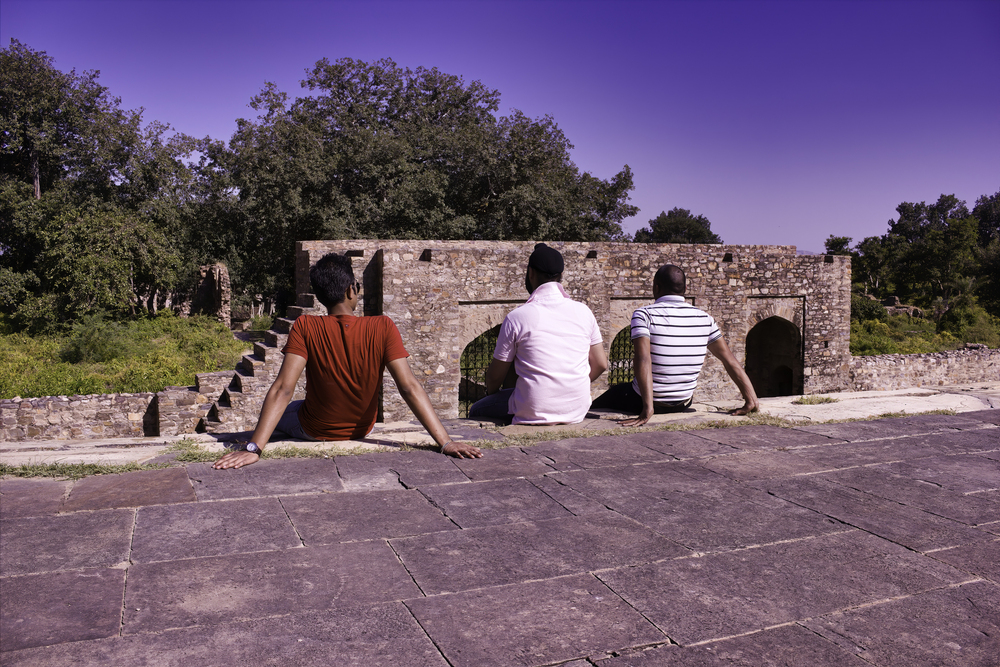
Spirituality in India engages all senses simultaneously in ways that surprise visitors accustomed to more contemplative, quiet religious practices. Temple experiences involve bell ringing, incense burning, flower offerings, food sharing, chanting, drumming, and physical movements – creating immersive spiritual environments rather than abstract theological exercises.
This embodied approach to spirituality transforms religious practice from intellectual consideration into full sensory participation – disorienting for those expecting meditation-focused spirituality yet offering profound experiential dimensions absent from more cerebral traditions once initial adjustment occurs.
The Bargaining Relationship Dynamics

Price negotiations in India function less as commercial transactions and more as relationship-building exercises with social dimensions beyond simple economics. Extended bargaining sessions include tea offerings, family discussions, and good-natured theatrical performances from both buyer and seller – with final prices often matter less than the communication dance itself.
What appears to foreigners as aggressive haggling actually operates as a subtle social exchange establishing mutual respect. Travelers who rush negotiations miss this cultural dimension, achieving lower prices but missing the relationship component central to meaningful commercial interactions throughout India.
Like Travel Pug’s content? Follow us on MSN.
The Culinary Adaptability Requirements
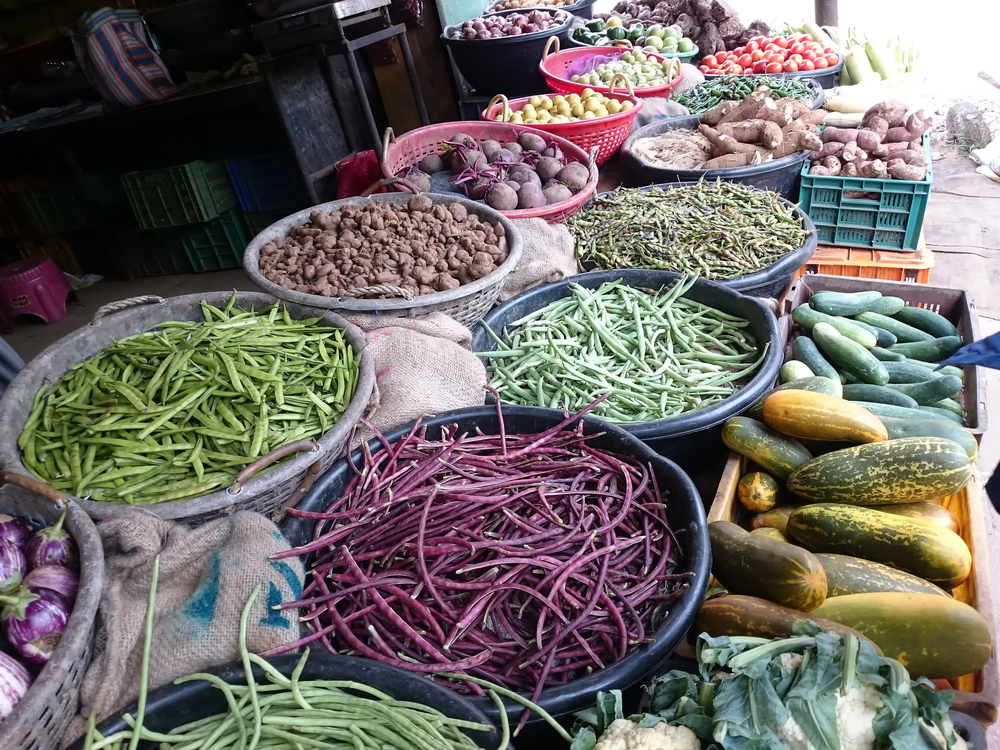
Indian cuisine offers remarkable diversity yet requires significant digestive adaptation beyond what most travelers anticipate. Regional variations produce entirely different ingredient combinations and cooking approaches – while ‘spicy’ spans a spectrum far exceeding Western understanding of the term.
Even experienced international diners find their digestive systems require gradual adjustment periods to accommodate the intense flavors, unfamiliar spice combinations, and different bacterial environments.
The Mobile Phone Revolution

India largely skipped landline telephone infrastructure and leaped directly into mobile connectivity – creating technology adoption patterns, unlike Western progressive evolution. Cell service reaches remote villages lacking reliable electricity, and sophisticated mobile payment systems operate in markets where credit cards remain uncommon.
This technological leapfrogging creates situations where camel-riding traders in desert regions conduct business via smartphones and digital payments while traditional practices continue unchanged around them.
The Extreme Contrast Coexistence
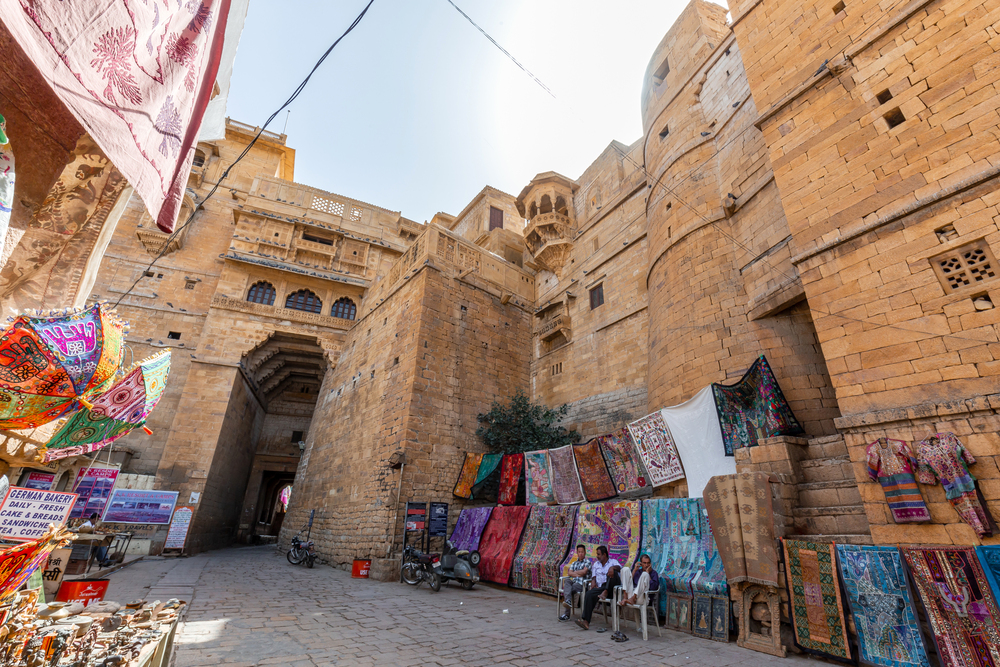
Nothing challenges Western sensibilities more profoundly than India’s capacity to accommodate extreme contrasts in immediate proximity without apparent contradiction. Gleaming shopping malls operate next to ancient temples, luxury cars navigate around wandering cows, and advanced technology companies function steps away from traditional craftspeople using centuries-old techniques.
This simultaneous embrace of modernity and tradition defies Western ‘either/or’ thinking – demonstrating instead a both/and approach where seeming contradictions coexist without requiring resolution.
Like Travel Pug’s content? Follow us on MSN.
The Elaborate Indirect Communication

Direct requests or refusals rarely occur in Indian communication patterns, but they are replaced instead by elaborate indirect signals requiring contextual interpretation. ‘Possible’ often means ‘no’ when stated by someone unwilling to directly refuse a request, while complex conditional phrases may replace simple affirmative answers.
This communication style prioritizes harmony and face-saving over clarity – creating situations where foreigners misinterpret agreement when locals are actually signaling polite impossibility.
The Modified Concept of Personal Space
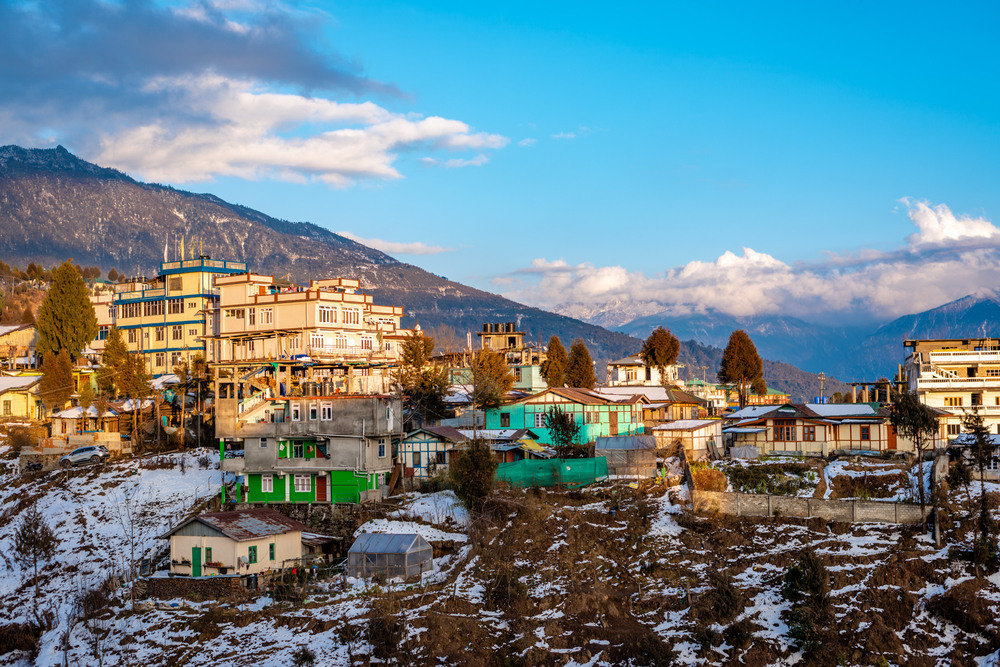
Personal space operates under completely different parameters throughout India – where physical proximity in public creates constant contact that would constitute crowding in Western contexts. Queues function as suggestions rather than organized lines, while buses and trains involve bodily contact with strangers that becomes normalized through daily experience.
This recalibration extends to conversations, often conducted at distances Westerners reserve for intimate discussions.
The Sophisticated Hand Hygiene System

Traditional eating practices using the right hand instead of utensils initially appear primitive to some Western visitors—until they recognize the sophisticated hygiene system operating beneath surface observations. Elaborate hand-washing rituals precede and follow meals, specific finger positions keep food from touching palms, and strict right-hand/left-hand separation maintains cleanliness distinctions.
This system, developed over centuries, provides effective sanitation within infrastructure parameters different from Western fork-based approaches.
Like Travel Pug’s content? Follow us on MSN.
The Relationship-Based Problem Solving

Western societies often address problems through systems and procedures, while Indian solutions typically flow through relationship networks and personal connections. Challenges that seem insurmountable through official channels magically resolve when the right person makes a phone call or mentions a mutual acquaintance.
This relationship-centric approach prioritizes who you know over what you know – creating frustration for those attempting rule-based solutions yet remarkable efficiency for those who develop appropriate connections.
The Fluid Approach to Rules

Rules throughout India often function more as suggestions or starting negotiation positions rather than absolute boundaries – with creative interpretation and contextual application replacing rigid adherence. ‘No Photography’ signs might actually mean ‘photography permitted with a small donation,’ while stated requirements often flex through conversation and relationship.
This fluidity frustrates those expecting consistent rule enforcement yet creates adaptability that is absent from more rigid systems.
The Parallel Reality of Rural India

Most visitors experience urban India or heavily touristed areas that bear minimal resemblance to village India – where over 65% of the population lives in conditions seemingly centuries removed from metropolitan centers. Visiting rural regions reveals an India where traditional practices continue largely unchanged, development occurs unevenly, and globalization makes a selective rather than comprehensive impact.
This parallel reality challenges simplified narratives about Indian development or modernization – revealing instead a complex patchwork of simultaneous timeframes coexisting within national boundaries.
Like Travel Pug’s content? Follow us on MSN.
The Transformational Journey
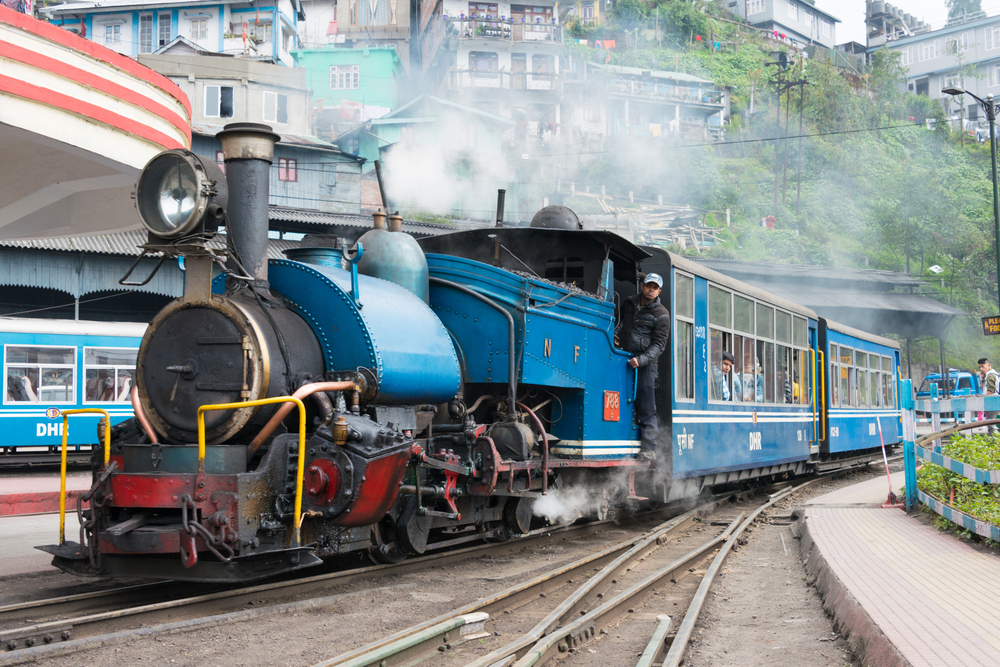
Beneath certain cultural differences lies perhaps the most significant but least discussed aspect of travel in India – its potential to change perspectives for those who engage with it completely fundamentally. India does not so much permit careless viewing or detached feeling, instead demanding total immersion in its contradictions, challenges, and sheer wonder.
The culture shocks India presents are not brief humorous anecdotes or temporary adjustments but provocations to reexamine fundamental assumptions regarding the way society operates and what elements of our own cultures are universal truths and what are options particular to a place.
More from Travel Pug

- Cities Growing so Fast You Won’t Recognize Them in 10 Years
- 13 Destinations Where Tourists Regularly Regret Their Trip
- 20 Obscure WWII Sites Even History Buffs Don’t Know About
- 10 Under-the-Radar Mountain Towns That Are Both Affordable and Beautiful
- 20 Abandoned Places That Feel Like Real-Life Post-Apocalyptic Movie Sets
Like Travel Pug’s content? Follow us on MSN.
